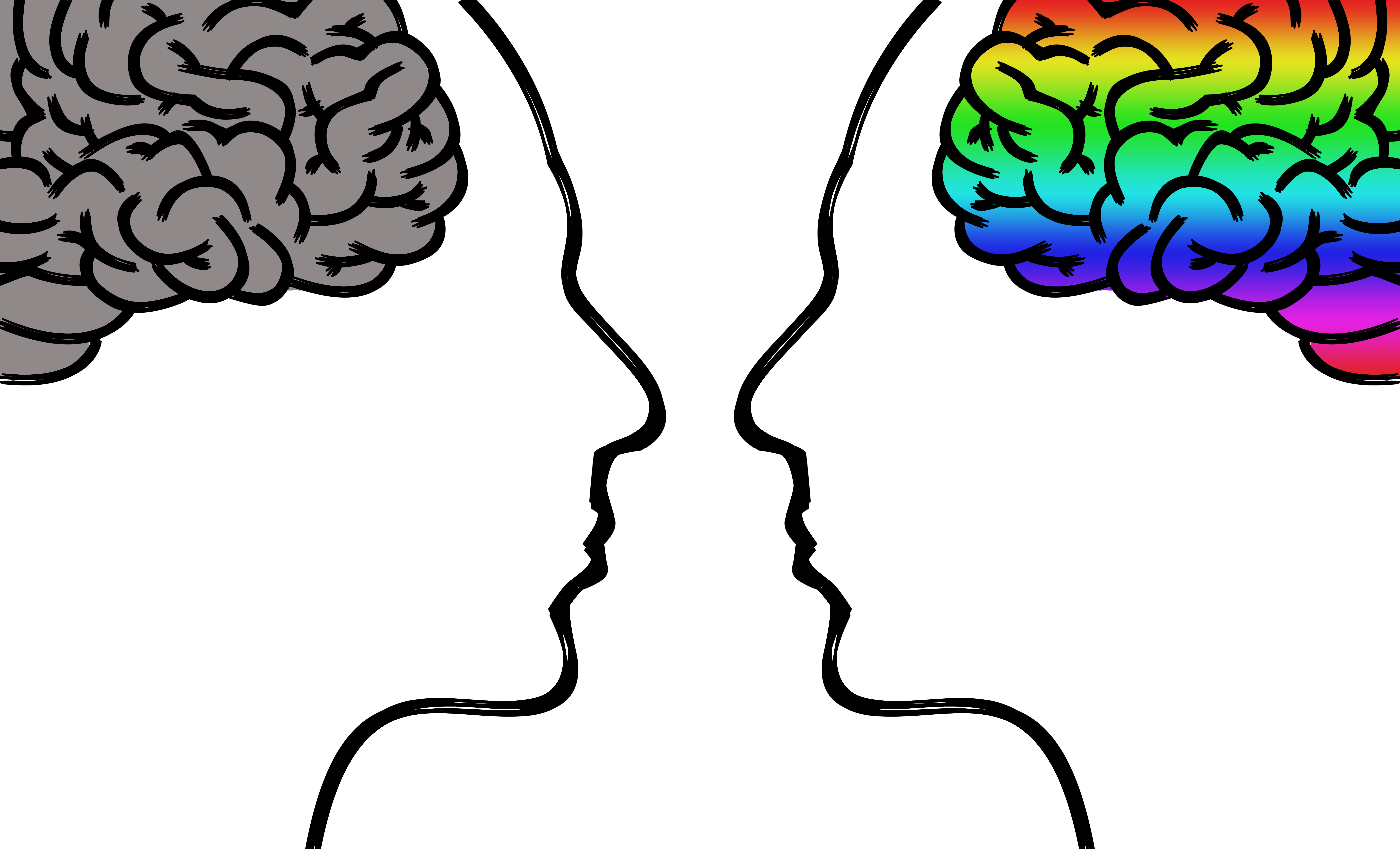
Machine learning (ML), at its core, is a subset of artificial intelligence (AI). And it’s responsible for many of the AI advancements we have before us today. But it’s not a new field by any means; it first became a topic of research and discussion in the 1950s.
Back in the day, ML used to rely heavily on statistics (it still does), to the point that those statistical models informed many of today’s AI algorithmic approaches. When Arthur Samuel coined the term “machine learning” at IBM, it’s hard to say if he knew exactly how large the field would become almost seven decades later.
But where does machine learning go from here? What does the future hold for this powerful, disruptive technology? Well, it should come as no surprise that machine learning only stands to improve even more with advanced statistical modeling, better computational methods, and more efficient algorithms.
Personalizing User Experiences
Creating a seamless and attractive experience for users is key to conversions and product success. And machine learning is perfect for improving these experiences. By applying machine learning to devices like smartphones, smartwatches, TVs, cars, and more, we can create a coherent, intuitive experience that’s been refined to optimization.

Machine learning algorithms can create specific and targeted personalization aspects for any device or method of access (app or web). According to Ben Wald, the co-founder and VP of Solutions Implementation at Very, connected devices like phones, homes, and wristwatches have generated over 90% of all data in the last two years.
“As a result,” he says, “companies have more ways than ever to build relationships with their customers. Using machine learning, corporations can fine-tune their understanding of their target audience to inform product development, marketing, and sales.”
And it’s not just the users who will benefit; designers and developers can introduce much more flexibility into their applications, enabling more creativity and innovation. Wald says this will “[maximize] value for both the company and the consumer.”
Improvements in Search Algorithms
Google uses machine learning to help it organize search results as well as rank competitors against each other based on a multitude of factors like site security, content quality, and user reach.
We can expect search engines in the future to create better insights into users’ search queries, generate faster answers, and deliver more relevant results via machine learning. These search engines will utilize neural networks and deep learning (subsets within machine learning) to optimize the algorithms’ results.
Dorit Zilbershot is the Chief Product Officer of Attivio. She says our modern-day search engines are already great at what they do: serving results based on the user’s query, search history, and profile. But, she contends, the process is very manual and technical.
In the future, however, Zilbershot says, “results will be tailored even closer to the individual based on their past interactions, preferences and the words they used without any manual administration. We’ll also get proactive about alerting people on potential issues before they even happen and provide actionable recommendations to ensure a smooth operation and excellent search experience.”
Like personalized user experiences, this doesn’t just benefit the users. Google won’t have to spend so much human time tweaking its search algorithm. In turn, this will save engineers time and energy to work on other ventures at the company. And businesses and blogs who publish content often will see their efforts rewarded appropriately.
“Search engines are going to improve both the user and the admin experience by leaps and bounds over the next few years,” Zilbershot says.
Better Data Science
Machine learning is helping data teams automate monotonous processes, enabling data scientists and researchers to spend more time analyzing the data and gathering actionable insights.

VP of Product Development at SlicingDice, Henrique Senra, believes that ML will improve the daily workflow for data teams across the world. It’s difficult to say how ML and AI will evolve, he says, however, “there are certain trends in how ML is being used today and how those cases will evolve in the near-future. ML will be one of the foundational tools for developing and maintaining digital applications in the coming years.”
Senra continues, “This means IT/data teams will spend less time programming and updating applications, but rather have them learn and keep improving their operations continually.” We personally cannot wait for more automated workflows at our app design and development studio. We’ll take anything to spend more time on the creative side of our projects.
Code-less Development Environments
Just as ML will automate processes for developers, ML will introduce the concept of low-to-no-code environments.
Tony Fader is an ML and natural language processing applications developer at Seattle-based AppSheet. He says that ML will become more ingrained in developers’ toolkits, and the open-source trend of programming will help ML advance even faster. As a result, it’ll be easier for non-technically-inclined users to build algorithms using drag-and-drop interfaces and without writing a single line of code.
“You don’t need a Ph.D. to do machine learning, you only need to download a few packages and follow an online course to get up to speed. Companies like ours are taking it a step further and enabling anyone (not just programmers) to use no-code machine learning in their own bespoke apps,” says Fader.
Again, this advancement leaves engineers to spend brain power on more pressing issues and gives them some room to breathe on their larger projects.
Efficient Quantum Computing
Quantum computing sounds like futuristic technology, but it’s already here. The field that applies quantum algorithms in problem-solving, resulting in new innovations.
The founder and CEO of Big Cloud, Matt Reaney, says that quantum computing and ML are tied closely together and will work hand-in-hand in the future. The result will be increased potential, faster learnings, and more efficient processing.
“This means that complex problems that we don’t have the ability to solve with current methods could be done so in a small fraction of time. The potential for this is huge and could impact millions of lives for the better – notably in healthcare and medicine,” says Reaney.
The Future is Uncertain
And that’s not a bad thing. Machine learning is ready to take on challenges from every field and every niche.
This sort of freedom affords entire industries flexibility in both solutions and innovations. Whether we’re talking about search engines, quantum computing, or data science, there will be a machine learning algorithm for it!
What ML application are you most excited about? Which industry do you see it changing most in the near future? As always, let us know your thoughts in the comments!





